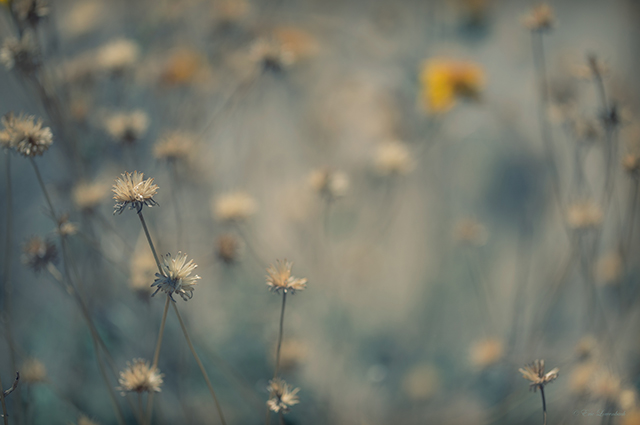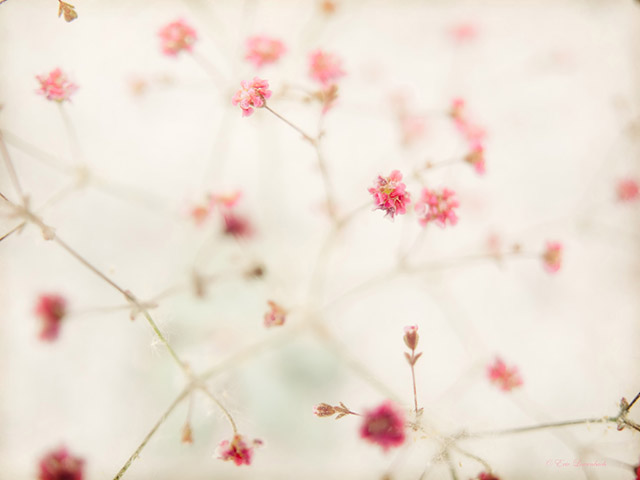The Mojave Desert contains 25,000 square miles of desolate beauty, take it or leave it. The desert doesn't care either way. I lovingly choose to take it for the expansive, careless elbow room it throws out in all directions like heat from a major fire. There are places here you can hike for scores of miles... a hundred miles... and never see another human soul, places where it seems like no one but you has ever been.
But there's something else we desert lovers find enthralling here: In sites littered across the Mojave, one finds relics of man's optimistic struggle to subdue one of the fiercest places the planet offers. Sometimes it's a crumbling hovel, or a rusty plowshare, a bone-dry cistern, or a decaying old mine. Sometimes it's just a dirty shard of 100 year old crockery.
When we find these relics, they're usually broken, disheveled, disappearing inexorably back into the land, half gone and completely forgotten. They're emblems of the struggle lost, of nature showing who, ultimately, is boss.
That's why it can be a delight, even a shock, to run across something like Club Ed (or Easy Rest Inn, as the sign proclaims) out in the lonely precincts, looking vintage and proud, exotically traditional and very much intact.
But, like much of what we've made in the Mojave, from glitzy Las Vegas to the dirtiest hard-scrabble miner's claim, Club Ed is a total lie. This is not some ancient diner proudly sailing into a nostalgic desert twilight. It was constructed in 1991 as a movie set for the Dennis Hopper movie Eye of the Storm. As a desert diner, it looks too good to be true because it is. It was also too good to tear down after the movie wrapped, so it was acquired, lovingly maintained, and has since served as a prime location for motion picture, television, and commercial photography shoots.
To access the Club Ed property for a project, you'll need permission and you'll probably have to pay money. Contact me if you need help figuring out how to do this (but you can also Google it). The inside of the diner and hotel rooms are every bit as complete, authentic looking, and detailed as the outside.
For my part, I'm happy being what I am in the desert... just an outsider looking in; the Mojave doesn't ask for permission to be with her, and she won't lie to me either, because she just doesn't care. With or without me, the desert is always alone.


































